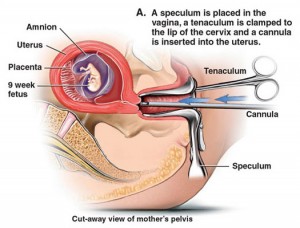Pill aspiration represents a unique type of foreign body aspiration requiring a distinct diagnostic and therapeutic approach. In many cases, the “foreign body” itself may no longer be present, whereas the airway manifestations may persist for months to years. Limited data exist to guide management decisions. We report two cases of severe airway injury secondary to pill aspiration and provide a review of the literature. Endobronchial surveillance may be important to identify impending airway obstruction via secretions, edema, granulation tissue, or fibrotic stricture. In many cases, the airway sequelae of pill aspiration can be effectively managed with bronchoscopy.
Aspiration of iron tablets is well documented to result in airway injury, including mucosal damage and bronchial stenosis. However, there are few reports of other pills resulting in airway damage. Here, we describe two cases of severe airway injury following pill aspiration. Prior reports of pill aspiration are also discussed, including presentation, diagnostic features, and outcomes.
A 77 year old man with a history of obesity hypoventilation syndrome, hypertension, and rhinosinusitis was referred for evaluation of cough productive of black sputum of 1 week in duration. The cough began immediately following aspiration of a capsule of concentrated pomegranate.
On physical examination, the pulse oximetry was 93% on room air. Examination of the chest revealed diffusely rhon-chorous breath sounds and wheezing over the left side of the chest. The remainder of the examination was unremarkable. A chest radiograph (CXR) showed linear atelectasis in the left lower lobe. CT scan of the chest was notable for diffuse thickening of the trachea, left mainstem bronchus, and left upper and lower lobe bronchi.
Flexible bronchoscopy revealed adherent yellow mucosa extending down the left side of the trachea and into the left mainstem bronchus. The left mainstem bronchus was circumferentially stenotic to approximately 8 mm because of thick, irregular-appearing dark brown tissue. The following day, rigid bronchoscopy with debridement of sloughing necrotic tissue and balloon dilation of the left mainstem bronchial stenosis was performed. Tissue biopsies revealed “necrotic plant material,” a known component of the capsule of the pill.
Three additional rigid bronchoscopies with balloon dilation were required over the next 4 weeks to maintain patency of the left mainstem bronchus. Over the ensuing 6 months, surveillance bronchoscopy revealed gradual healing of the airway injury and patency . No additional interventions were required.
source: canadian health care mall.
